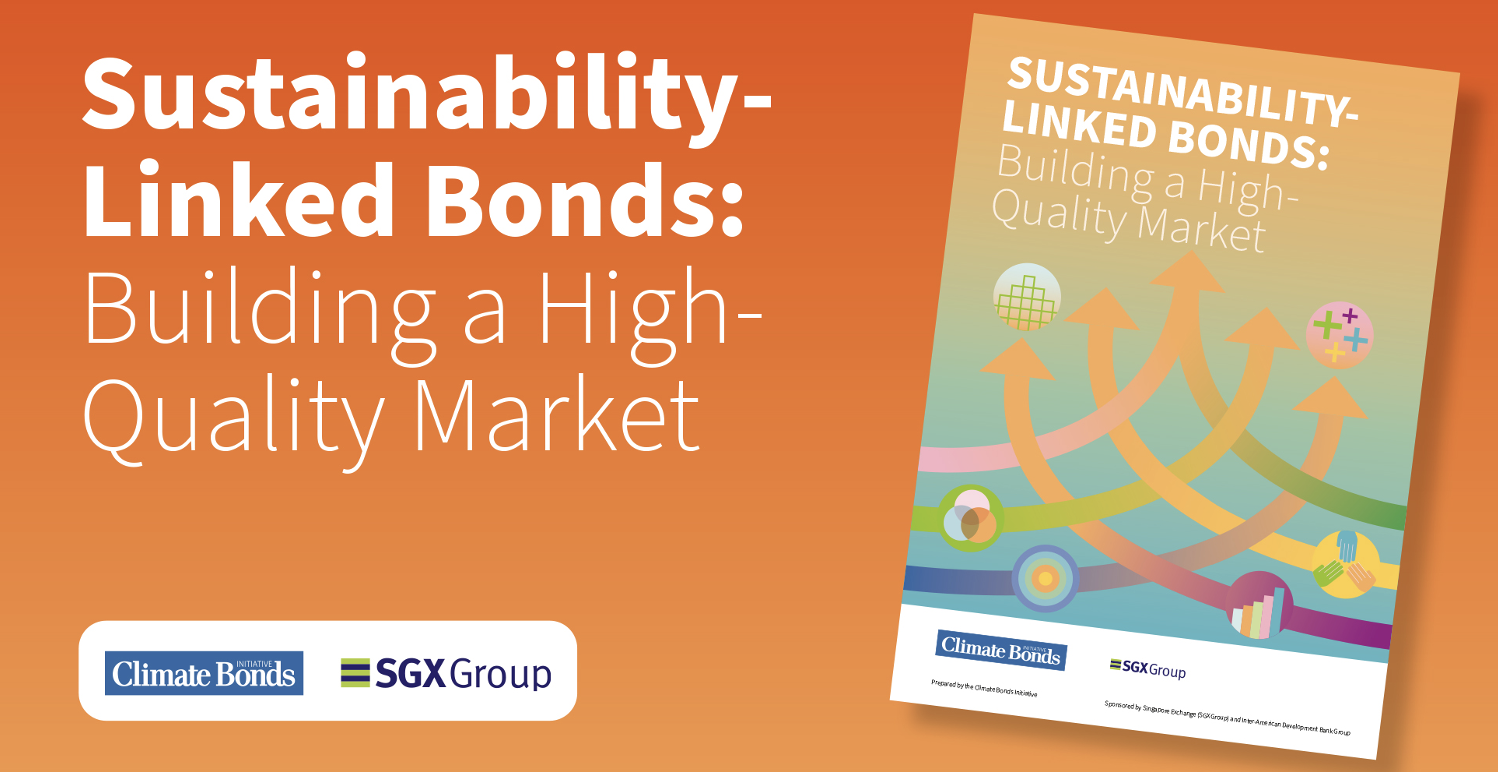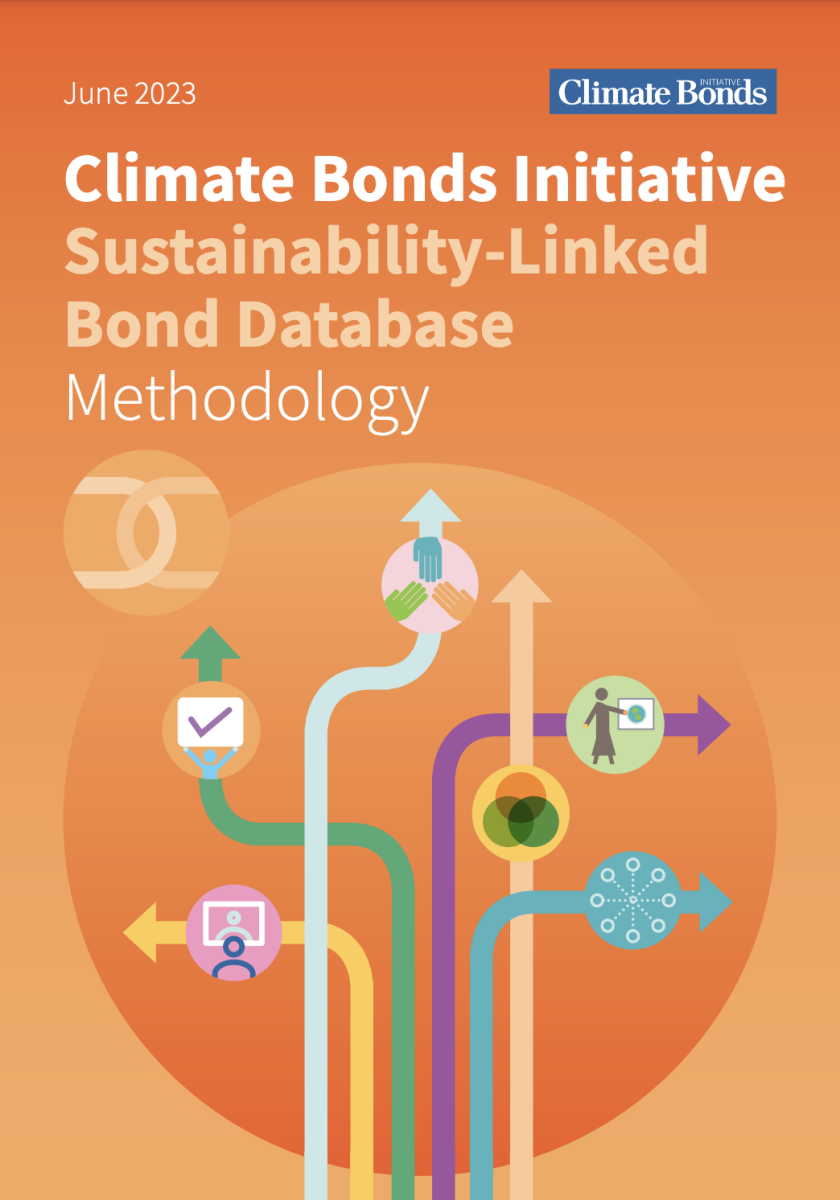
Climate Bonds released the first in-depth report on sustainability-linked bonds (SLBs) just over two weeks ago. Its analysis points to a high share of SLBs currently lacking quality, a message which has been echoed repeatedly in media outlets – but that’s only half the story.
The sustainability-linked model provides a first-of-its-kind and powerful bridge between financial and sustainability performance, making more sustainability impacts financially material. This can be a highly effective mechanism to correct for the externalities of economic activities.
Yes, the quality of many deals is weak currently, but that is hardly surprising in a nascent market with limited voluntary guidance and no mandatory rules. Looking ahead, sustainability-linked finance offers an enormous potential to massively accelerate the transition to a sustainable system that is so urgent. It just needs to be done right.
This requires enhanced guidance and quite possibly the introduction of mandatory rules to ensure minimum standards are met, along with other enabling factors. This applies not just to SLBs but also to the considerably larger market of sustainability-linked loans, and potentially other models that may appear.
Once there is quality and credibility of deals, a future can be envisaged where all financing is tied to sustainability performance – this is Climate Bonds’ vision.
Transition plans are the basis for credible SLBs. Climate Bonds and others have published guidelines on the suggested content of robust transition plans. Entities can leverage SLBs to showcase this.
Climate Bonds urges all market participants to recognise the potential of sustainability-linked finance and use the recommendations in the report to improve and standardise the quality of deals and disclosures. Regulators and policymakers have a key role to play in facilitating a credible market through clear guidance/rules (including around transition plans and their link with SLBs) and incentives for issuance (both through carrots and sticks).
Best practice checklist for high-quality issuance (summary – see report for more detail):
· KPI selection: Link KPIs to relevant reporting standards/regulations and refer to ICMA’s KPI Registry for consistency. Use multiple KPIs linked to the entity’s material impacts, including at least one related to climate mitigation (not necessarily in each SLB). GHG scope 3 should be included if material. Do not use economic intensities. Clearly disclose methodologies to assess KPIs.
· GHG targets and alignment with Climate Bonds SLBDB Methodology: Targets should be ambitious (science-based) and feasible. Meet SLBDB alignment requirements, including providing public disclosure.
· Target and trigger dates: Allow enough time between target/trigger date(s) and bond maturity, and set trigger date as soon as possible after the target date. Use multiple targets to reflect different time horizons or levels of ambition, and aim to set three-yearly targets during the SLB term.
· Call options and legal clauses: Do not use callable structures nor legal clauses in bad faith, and communicate them transparently. If there is a call date, set it after at least the first target and trigger dates; if it is before, the call price should reflect the target not being met.
· Post-issuance reporting: Clearly disclose reasons for changes in performance (quantitatively where possible), data restatements, and consistent information across documents, and confirm methodologies to calculate KPIs. Obtain assurance covering annual KPI performance at least, and ideally as many elements of sustainability reporting as possible.
· Transition plan and link with SLBs: Use transition guidance from Climate Bonds and others. Provide all relevant disclosure in a clearly labelled document or in a dedicated section of annual/sustainability reports. Articulate the link between SLB issuance and transition plans, ensuring consistency between the two.
Deal quality is already improving markedly
Climate Bonds released the SLB Database (SLBDB) Methodology in July 2023 to screen the climate credentials of deals for alignment with the Paris Agreement (well below 2°C).
Since market inception in 2018, only 14% of SLBs and 17% of the issuance volume have been recognised as ‘aligned’ against the SLBDB Methodology requirements. In 2023, this increased to 20% of deals and 35% of the amount issued, propped up by a strong Q3 and Q4 in which half of the volume was aligned. This suggests that improved market-based guidance has contributed to an increase in climate ambition and can provide the cornerstone of deal credibility.
As noted in the report, Climate Bonds also found a clear and strong positive correlation between SLB issuance and the quality of a company’s environmental disclosure. This suggests that even if SLBs lack quality, their issuers are still providing considerably better disclosure around their environmental impacts and transition plans than entities that haven’t issued SLBs.
Finally, Climate Bonds’ analysis has focused on corporates, which dominate the SLB market. While less common, the quality of SLBs issued by the public sector is noticeably higher than among corporates, with a higher share aligned with the SLBDB (86% by amount among sovereigns and development banks). Sovereigns and other public sector issuers can lead the way by showcasing what a credible transition looks like and issuing high-quality SLBs to help them achieve their plans.
The Last Word
The full report, Sustainability-Linked Bond: Building a High-Quality Market, shares the full analysis and breakdown of the SLB market. You can read it here.
We'd like to thank our sponsors SGX Group for their support in producing the report.

